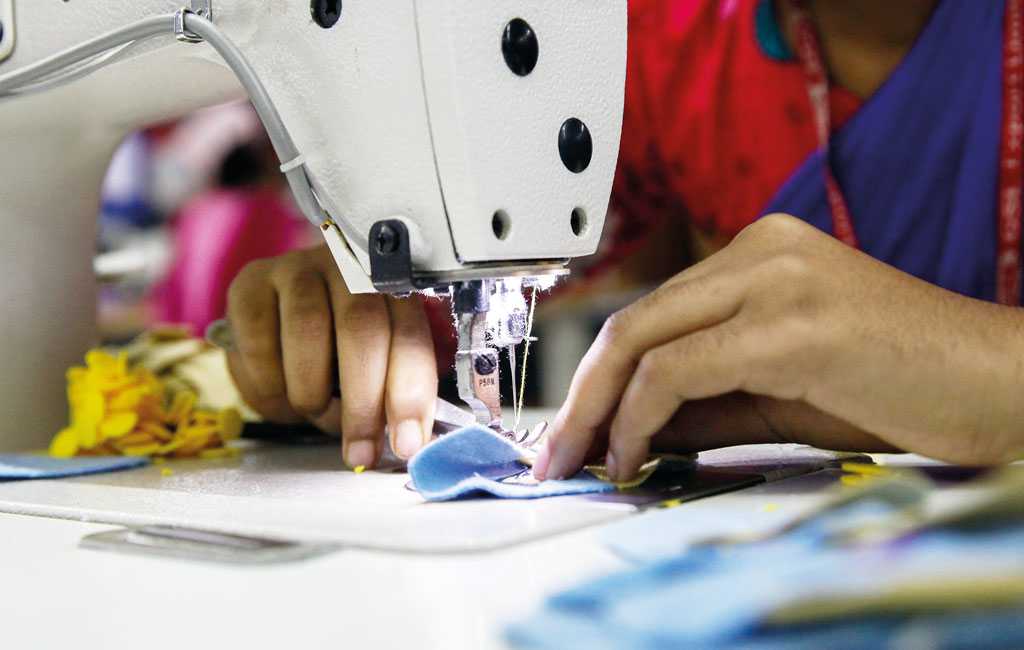What is the true cost of labour?

All stakeholders must be held accountable towards meeting the standards of wages and working conditions
The RMG industry changed the scope of industry in Bangladesh and created jobs for more than 3.6 million people, out of which, some reports suggest, around 90% are women. The industry has been crucial for the economy since the 1990s and has gone through rounds of changes in national and international laws on quotas, taxes, and labour rights. The discussion on labour rights became especially urgent after factory fires like Tazreen in 2012 and Rana Plaza in 2013.
Tazreen and Rana Plaza drew attention on the status of workers’ rights and conditions in Bangladesh from the international community and exposed the dark side of comparative advantage-based manufacturing. The conversation is ongoing, and while there has been some progress, which needs to be acknowledged, working conditions in Bangladesh are far behind what is considered normal in the developed world. However, there are solutions to this problem.
The industry of ready-made garments is a fairly new concept and the laws that have been enacted to protect the workers who work in these factories are not very old either. The fire at Triangle Shirtwaist Factory of 1911 in New York drew attention to the severe conditions that workers faced in these early sweatshops. The factory was located in the now posh neighbourhood of Greenwich Village and killed around 146 people. The workers could not escape because the management locked all exit points to prevent workers from taking unauthorized breaks. Similar reasons were found in the accounts told by the workers of Tazreen and Rana Plaza.
New York City was a garment-producing hub -- much like Bangladesh today. The Triangle Shirtwaist Factory was competing with over 11,000 factories in the city. They priced their shirts at $3 per piece and designed their factory to maximize productivity. One of the strategies included placing tables in a way to limit worker engagement. There were protests about the working conditions even before the fire broke out but the workers were silenced by thugs who were hired to beat and threaten them.
The fire sparked widespread protests but Harris and Blanck, the owners of the factory, hired New York’s prominent attorney Max Stuer to represent them. They were acquitted of all charges because the prosecutor was unable to prove that Harris and Blanck were aware that the door was locked at the time of the fire. The “Shirtwaist Kings”, as they were called in New York, were able to begin operations but in 1913 Blanck faced legal charges again for locking the exit doors of a factory. For this charge, he paid a fine of $20.
So, how did US workers go from these sweatshop-like conditions to the rights they have today? The answer lies in public outrage over industrial disasters and the role of federal laws that were enacted to protect workers. As seen from the history of labour rights in the United States, a controversial recommendation for workers’ rights remain in the power of labour unions. In 1933 Congress passed the National Industry Recovery Act (NIRA) which gave unions the power to exist and engage in collective bargaining with employers. The NIRA lasted for only two years until the Supreme Court deemed it to be unconstitutional but the National Labour Relations Act (NLRA) was put in place in 1935.
The NLRA went beyond the NIRA in giving power to private-sector workers and unions. Another milestone came with the Occupational Safety and Health Act in 1971 and it empowered the Occupational Safety and Health Administration (OSHA) to enforce workplace standards. These laws were vital in ensuring that factory disasters were prevented and statistics support that they have been successful -- the worker fatality rate, which measures the number of workers killed on the job out of every 100,000, was 18 in 1970; by 1990 it was cut in half, and was only 3.3 in 2013.
Then comes the discussion on the rights of workers with disabilities -- the UN very recently published its flagship report on disability and development and its statistics for Bangladesh are promising. However, again, there is still a lot more work to be done. The report shows that Bangladesh has engaged in national employer-led initiatives to include the disabled in workplaces and also to include people with disabilities in mainstream Technical Vocational Education and Training (TVET) systems but workers with disabilities still remain vulnerable. In the United States, businesses are given tax credits -- Disabled Access Credit, Barrier Removal Tax Deduction, and Work Opportunity Tax Credit -- to employ workers with disabilities. Similar incentives would help disabled workers in Bangladesh.
Another aspect to be reckoned is the role of entrepreneurs -- men and women running these businesses are also under intense pressure to compete with low prices and meet orders. The Accord on Fire and Building Safety was set up after the Rana Plaza incident and it is a good start. But some of their burden in terms of the costs of meeting workplace standards and wages must be shared by the international brands who are bringing their manufacturing to Bangladesh. The threat of losing orders to other countries with cheaper prices remains, and this catch-22 situation hurts small businesses and the workers they employ.
Bottom line: The struggle for workers’ rights is not a unique situation and most industrialized countries have gone through this phase. The way out lies in laws that protect workers and allows for collective bargaining in terms of unions, enforced standards for working conditions, and public pressure on governments and businesses.
In globalized trade, as is the case in the Bangladesh RMG sector, not just the local business owners but also the international buyers must be held accountable to share the costs of meeting the standards of wages and working conditions.
Source: https://www.dhakatribune.com